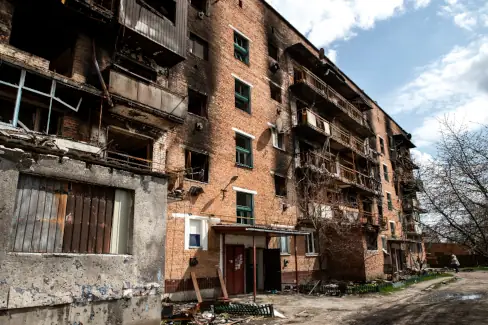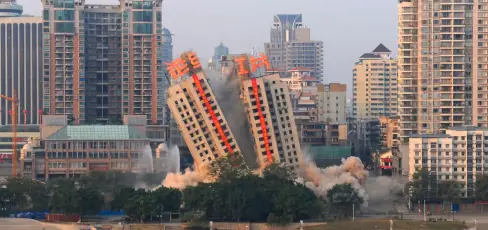Urban decay (also known as urban rot and urban decay) is the sociological process by which a previously functioning city, or part of a city, falls into disrepair and decrepitude. These can be deindustrialization, depopulation or deurbanization, economic restructuring, abandoned buildings and infrastructure, high local unemployment, rising poverty, dispersed families, low general living standards and quality of life, political disenfranchisement, crime, increased levels of pollution, and a deserted cityscape. , known as Greyfield or urban prairie. Since the 1970s and 1980s, urban decline has been associated with Western cities, especially in North America and parts of Europe (mainly the UK and France). Since then there have been major structural changes in the world economy, transport and government policies have created economic and then social conditions that have led to the decline of cities.
The effects counteract the development of much of Europe and North America; on other continents, urban blight manifests itself in peripheral slums on the fringes of metropolitan areas, while city centers and the inner city retain high property values supported by ever-increasing populations. In contrast, cities in North America and the UK often experience population movements to the suburbs and outlying areas, as well as to suburban cities. Another characteristic of urban blight is the decline in the visual, psychological and physical effects of life among empty lots, buildings and ruined homes.
Urban blight does not have a single cause; it is the result of a combination of intertwined socio-economic conditions, including faulty urban planning, high rents, local poverty, construction of freeways, roads and railroads that bypass, depopulation through suburbanization of peripheral areas, proximity to real estate on the red lines, and immigration restrictions.
Detroit is a prime historical example of urban decline.

